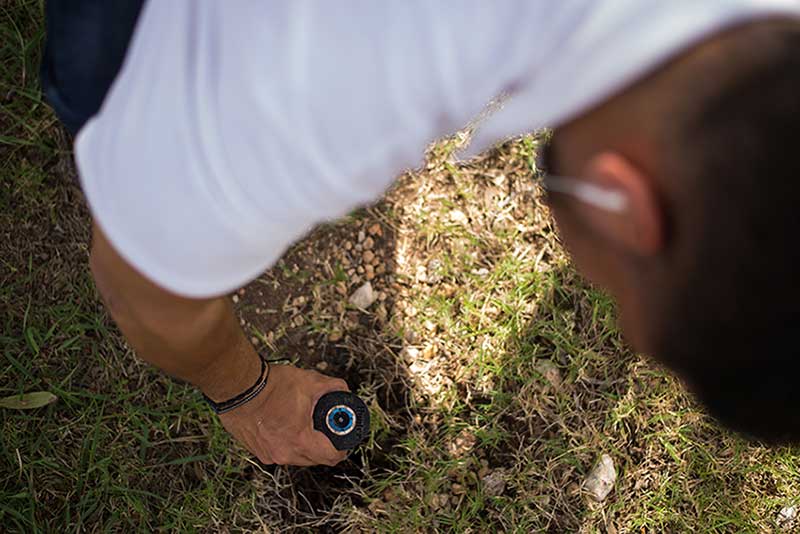- BY Craig Burrow
- POSTED IN Austin, San Antonio, Sprinkler Repair
- WITH 0 COMMENTS
- PERMALINK
- STANDARD POST TYPE

Lush lawns depend upon steady, efficient, and regular watering, and for this, sprinkler systems are very reliable. However, even a dependable in-ground sprinkler system cannot last forever. Just as with anything else that is mechanical, they are bound to experience issues over time – an inevitable complication with causes that are varied, and can oftentimes lead into one another, rather than simply being isolated. Keeping an eye out for certain signs will help determine if a sprinkler head is in need of replacement.
Components can be damaged with a mower more easily than one might expect, or are simply prone to being cracked and worn down over a long period of time. If pressure within the pipes is gradually decreasing, or water is seen pooling around the section of the lawn where a pipe passes, these can be indications of gradual cracking. The compaction and downwards push caused by cars frequently passing over the ground above the pipes can cause this, eventually breaking them if the problem goes unnoticed. Ground temperature can also play a part in this, as extreme heat can cause the soil around the pipe to expand, while the cold causes contraction.
Faulty valves at the backflow device or problems with the sprinkler system’s pump may cause low water pressure. Using water directly from natural or unfiltered sources should not be done, either. While it may seem cost-effective at first glance, water collected from a well, river, or pond will damage the sprinkler system over time, as they contain fine grains of silt that will begin to impede and clog the pipes. Along similar lines, the sprinkler heads themselves may be blocked or broken, causing minimal-to-no watering to take place at some of the zones, or irregular spread. Growing puddles of water around a sprinkler head or haphazardly placed wet/dry patches can be indications of this problem.
In some cases, even plants may be the cause of problems with the system. Roots are able to grow away from a tree as they search for sources of water, and sprinkler pipes are the ideal place for their needs. Once tree roots ‘discover’ these lines, they can, gradually, physically wrap around them – and, eventually, the grip of the roots tighten to such an extent that the pipes collapse under the pressure. The tree roots grow through the pipes, absorb the water inside them, and cause water to leak out into the soil around the lines instead of traveling to the sprinkler heads whenever the system is turned on, due to the now-broken encasing.

